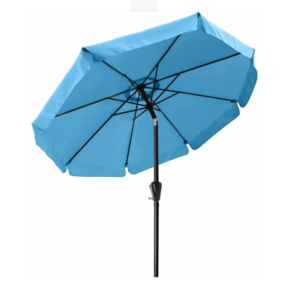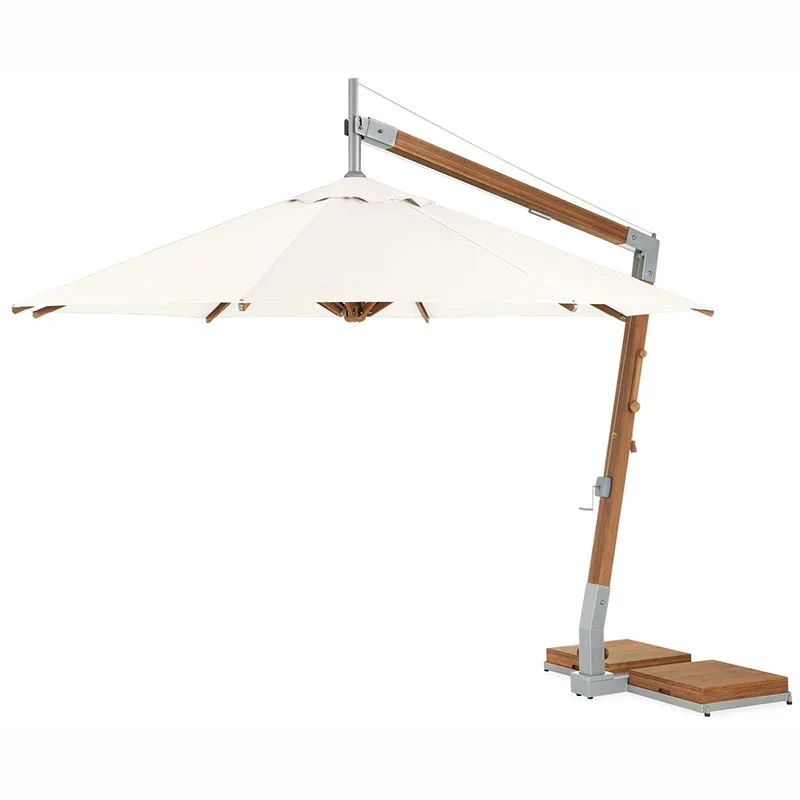
When it comes to understanding the difference between a parasol and an umbrella, one might initially perceive them as akin objects. However, upon closer examination, they unveil pronounced discrepancies. In this article, we delve deep into these distinctions, shedding light on their respective roles, compositions, aesthetics, and ideal scenarios. Whether you find yourself amidst a deluge or under the sweltering sun, comprehending these differences will empower you to make well-informed decisions in a myriad of circumstances.

To begin, let’s address their primary purposes. An umbrella is primarily designed to shield individuals from rain, keeping them dry during inclement weather. They achieve this by being crafted from waterproof materials. In contrast, a parasol serves as a means to provide shade and sun protection, acting as a barrier against the harsh intensity of sunlight. Their design leans towards lightweight construction and sun-blocking fabrics.
Here’s a concise table for a clearer overview:
| Aspect | Umbrella | Parasol |
|---|---|---|
| Frame | Sturdy framework designed for rain | Lightweight design for sun protection |
| Canopy Material | Waterproof materials (e.g., polyester) | Sun-blocking fabric (e.g., UV-resistant fabric) |
| Primary Function | Keep dry during rain | Shade and sun protection |

Moving on to their appearance and design:
Umbrellas typically sport the classic umbrella-shaped design, with a primary focus on functionality. In contrast, parasols boast more diversified appearances, emphasizing style and aesthetics.
A comparison table outlines the differences:
| Aspect | Umbrella | Parasol |
|---|---|---|
| Appearance | Classic umbrella shape | Diverse and stylish designs |
| Design Focus | Primarily functional | Emphasis on fashion and aesthetics |

Now, let’s determine when to choose an umbrella or a parasol:
Umbrellas are at their prime during rainy and overcast days, effectively keeping individuals dry. Conversely, parasols shine during sunny weather, providing shade and safeguarding against the sun’s intense rays.
Here’s a summary table:
| Aspect | Umbrella | Parasol |
|---|---|---|
| Suitable Seasons | Rainy and overcast days | Sunny and bright days |
| Primary Occasions | Keeping dry during rain | Providing shade and sun protection |

Lastly, we consider portability:
Umbrellas are typically heavier and less convenient to carry, but they are essential during the rainy season. In contrast, parasols are lightweight and easy to transport, making them an excellent choice for outdoor activities.
Here’s a summary for portability:
| Aspect | Umbrella | Parasol |
|---|---|---|
| Portability | Heavier and less convenient | Lightweight and easy to carry |
| Ideal Usage | Essential during rainy seasons | Suitable for outdoor activities |
In conclusion, whether you’re braving the elements or enjoying a sunny day, understanding the difference between a parasol and an umbrella equips you to make practical choices tailored to your specific needs. So, whether you seek shelter from raindrops or shade from the sun’s glare, you can do so with confidence and style.